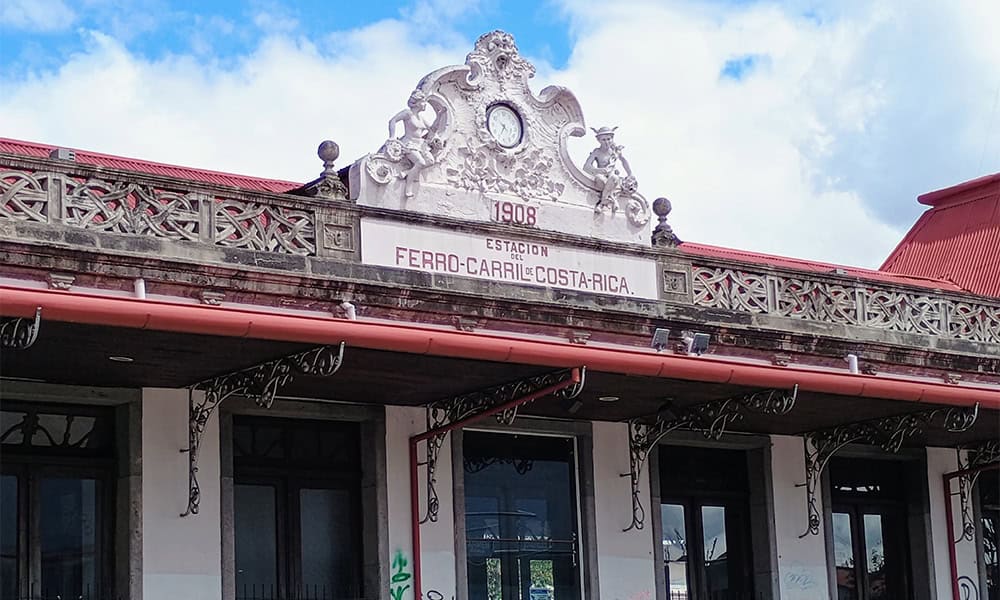Passenger rail travel in Costa Rica has been around since the late 19th century. The first functioning railroads connected the Port of Limon with San Jose and were used mainly for transporting freight. The railways from Limón to San Jose and San Jose to Puntarenas became operational for passenger travel in 1910 and helped to connect various regions of the country.
Rail travel was common during much of the 20th century. The writer Paul Theroux, in his 1979 railroad travel book The Old Patagonia Express, devoted a chapter describing his experience riding the rails to both Limon and Puntarenas.
After years of less use and a slowly deteriorating infrastructure, the rail routes suffered major damage in the 1991 Limon earthquake. Shortly after, they were abandoned almost entirely after a major financial crisis brought about by high level corruption that included the forced closing of one of the major banks.
But in the past decade, passenger rail service has resumed. There is morning and afternoon peak hour service that connects San Jose with Pavas, Curridabat and Belen, as well as separate lines that connect San Jose with both Heredia and Cartago.
My knowledge of the interurban rail service was pretty much limited to the occasional news stories about a vehicle being struck at one of the many railroad crossings. I had passed by the old depot in the northeast sector of San Jose many times, but it always looked closed. When I confirmed the schedule I returned in midafternoon and joined a crowd awaiting the 330 train from San Jose to Heredia.
The train was two extended cabs, each of which seated about fifty people with plenty of aisle space for another fifty or more standing room only riders. Compared to the various bus lines that run to Heredia, it was much more comfortable, with padded seats and ample legroom.
The ride was surprisingly quick– about fifteen minutes–and was punctuated by continual blasts of the horn, as there are numerous places where the tracks cross neighborhood streets. The train is loud, between the clacking along the rails and the blowing of the horn, and the route cuts through all types of areas– forgotten hardscrabble barrios with walls adorned with graffiti art, industrial quarters whose properties are ringed with razor wire, past a small coffee plot tucked on an urban hillside, and on through working class areas and sections with nicer houses and condos.
There is talk of plans to expand the service, and if I was on a regular commute to San Jose from one of the outlying cities, I would be a regular user. Fast, cheap, more comfortable than a bus and less stressful than driving.









